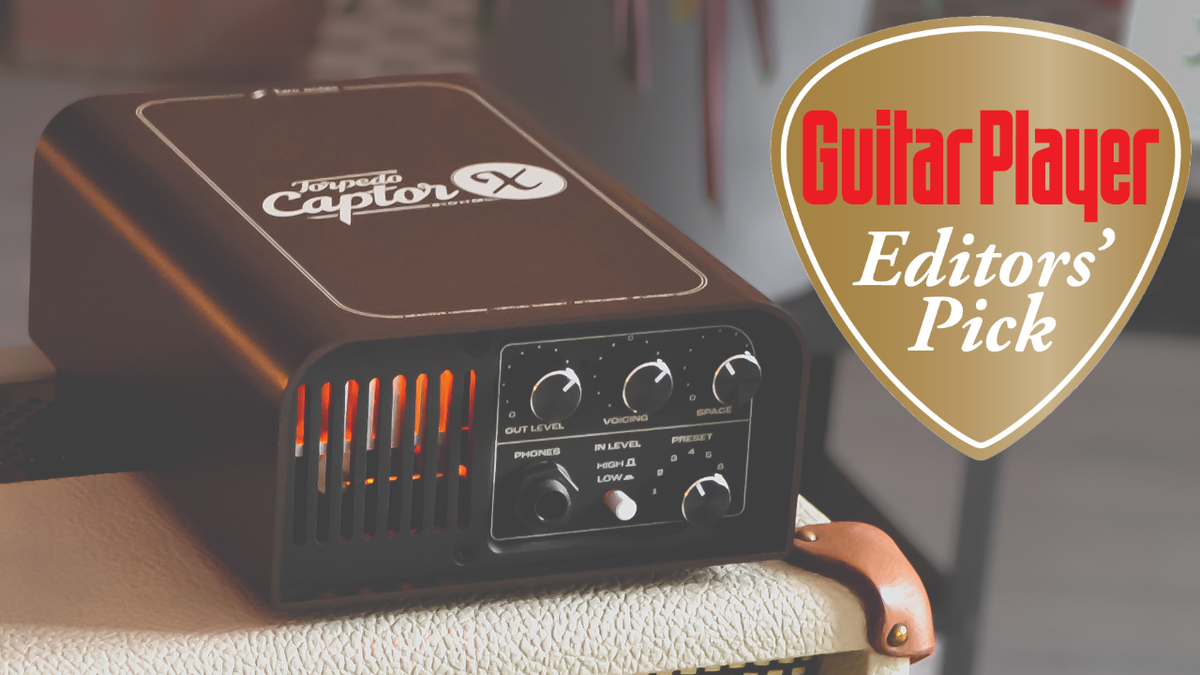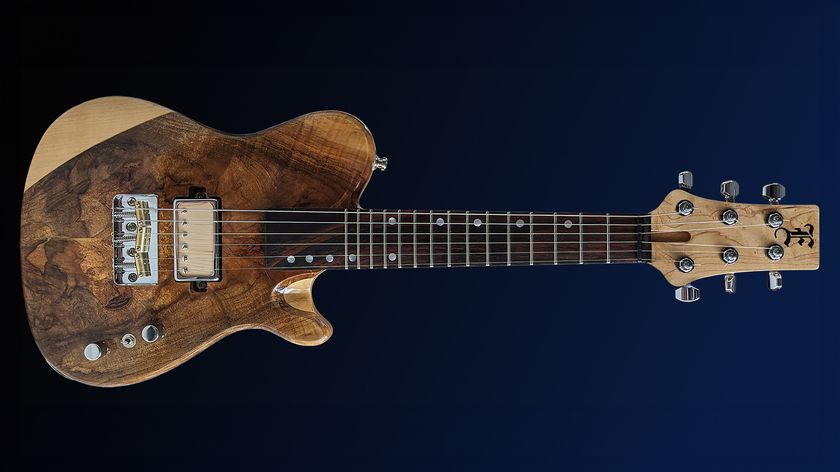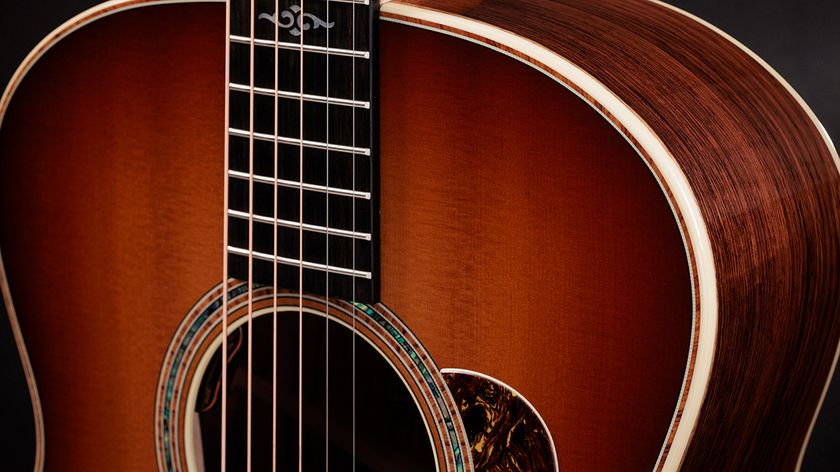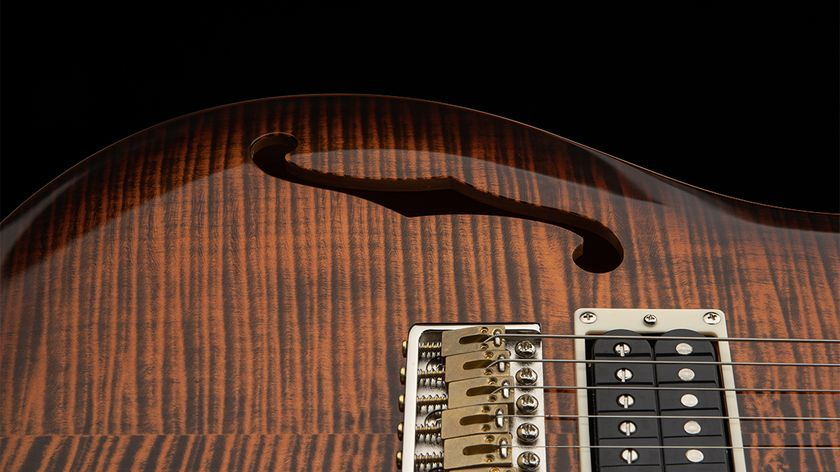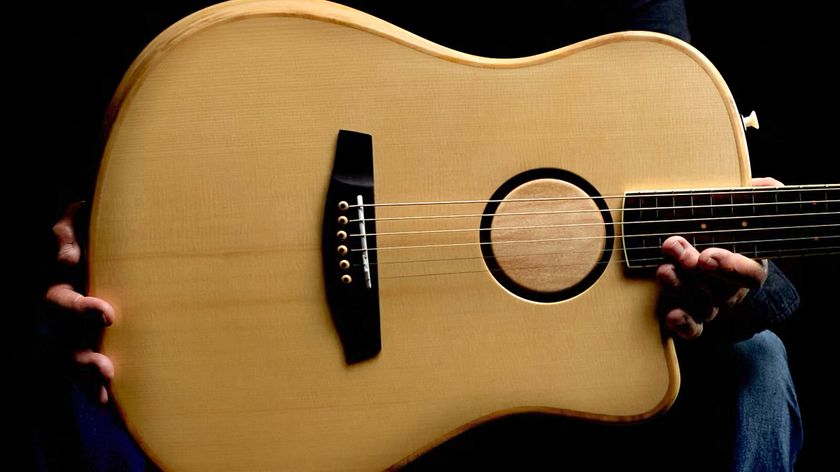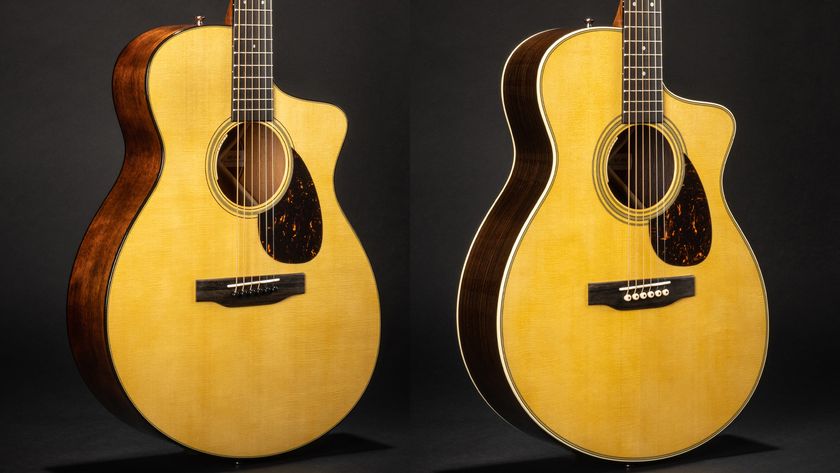GuitarPlayer Verdict
Forget cabs and mics, this expertly designed unit about the size of a dual-effects pedal offers an incredible bundle of sound crafting options, perfect for playing live and in the studio, and earns an Editors’ Pick Award
Pros
- +
Built in a handy and well-conceived form factor; offers excellent cab sims, room sound and more for both live and studio use
Cons
- -
¼-inch outputs would have been a nice option, and attenuation output-level settings are limited
You can trust Guitar Player.
The original and standard Torpedo Captor X came out mid-pandemic to a flurry of anticipation and excitement that was further pumped up by supply-chain issues that made examples rather thin on the ground.
The Limited Run Torpedo Captor X SE — the latest rendition of Two Notes’ compact reactive load box, attenuator and IR loader — is thin on the ground by design: It’s a Special Edition made in vintage-looking, dark-brown crinkle-coat finish with beige script logos, with just 450 units available worldwide.
The Captor X SE is a descendant of the long-running Two Notes Torpedo range and the latest in a line of studio and live tools that deliver efficient and great-sounding ways of replacing cumbersome speaker cabinets with versatile digital solutions, while delivering a boatload of versatility.
A rack-mounted Two Notes Torpedo Live gave me my first lasting diversion into Impulse Response (IR) cab tones, and I enjoyed that unit in the studio and occasionally live for several years.
Considerably smaller and configured as more of an amp-top box, the Captor X SE holds just six DynIR presets compared to 128 in the now-discontinued Torpedo Live, although the full 128 can be accessed on the fly from the Torpedo Remote preset editing software.
The Captor X SE also does several things better than its larger predecessor. Dual left and right XLR outputs make the most of the multidimensional sounds you can craft in the Torpedo Remote editor, and the function of the reactive load box is extended as an amp attenuator, with a three-way switch on the back offering two levels of attenuation to any matched speaker cab connected, plus full power.
In addition to the six-position preset switch and high/low input level switch, front-panel controls include output level (which also governs the ¼-inch stereo headphone out), voicing (global EQ) and space (stereo width).
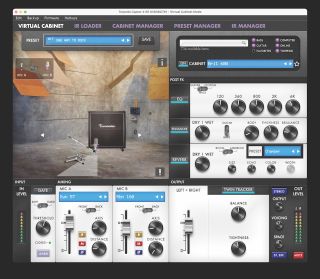
As handy as these are, it all gets a lot more powerful once you access the Torpedo Remote editing software via USB to your computer, or wirelessly from your phone or tablet. While Captor X SE works without Torpedo Remote, the software opens up astounding levels of user control and is essential for crafting your own presets rather than merely sticking with the six loaded from the factory.
Highlights include the ability to swap and fine-tune the 32 DynIR cabinets included with the software (or substitute third-party IRs); capture sounds from them with pairs of virtual microphones individually selectable from eight classics within 13 studio-grade room simulations; add post-effects processing for stereo image, parametric EQ, reverb (12 room emulations plus spring, plate and custom) and more; and even access a built-in tuner.
A nifty Twin Tracker feature offers automatic double tracking (ADT) with variable width and depth at the touch of a button on any preset you set up, adding gobs of thickness and dimension to an already big tone.
That’s a lot going on in a box about the size of a dual effects pedal. While a pair of Neutrik-style combined XLR and ¼-inch outputs would be handy for those not connecting to an XLR-equipped stage, and some form of delay effect would make the Torpedo Remote’s post-effects suite complete, perhaps that’s nitpicking.
I tested the Torpedo Captor X SE with a variety of guitars at the back end of a Friedman Small Box head, a 65Amps London head and a tweed Deluxe-style combo, occasionally into one of a number of guitar cabs but mostly into headphones or connected to Pro Tools and the studio monitors via a Universal Audio Apollo Twin Duo interface.
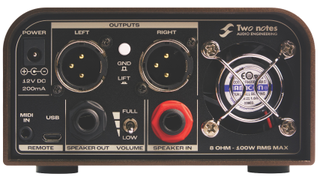
It was here that I hit one minor snag. Even with the two sub-20-watt amps — never mind the 50-watt Friedman — the red overload light flashed easily and often when the unit was set to the low input mode (high and low meaning the reverse of what you might assume).
Fortunately, there were no issues with that button in the high position, and I detected no audible overload. I was also surprised to find there’s no indication what decibel reduction each of the two attenuated positions delivers. The manual calls the middle position “Club” and the lower position “Home,” while no attenuation is called “Stadium,” and I’d say that’s about right.
While it doesn’t allow for a whole lot of attenuation adjustment in a live or rehearsal setting, the Captor X SE is all about the cab-sim IRs and direct to front-of-house or recording interface setups, and to those ends, it utterly excels.
While the six factory-loaded presets are generally usable, the Captor X SE really comes to life once you start dialing in presets in the Torpedo Remote to suit your own playing style and genre.
After just 30 minutes or so spent in that pursuit, I found myself just about ready to abandon all other forms of rigs — whether physical speaker cab or digital all-amp modeling solution — in my own playing and recording.
More than just a viable substitute for a collection of bulky cabs and several mics, this package simply provided a lot more sound sculpting and, ultimately, better results than I’ve almost ever achieved doing things the old-fashioned way.
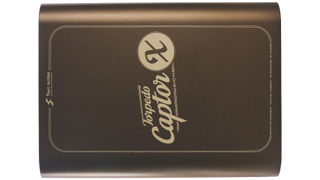
As much as an old analog nut like myself hates to admit it, the thick, punchy and near-infinitely adjustable stereo sound from this rig simply rocked, and with so much ease that I never once found myself wanting to plug in a cab.
Playing dynamics felt and sounded entirely cab-like, too. All that, and it’s great to have viable, toneful, yet neighbor-friendly access to the familiar, dynamic sounds and playing feel of my tube amps.
While I didn’t see it detailed in the user manual, I was able to place stereo delay effects pedals after the Captor X SE’s IR-treated output by running a stereo-to-dual-mono Y cable from the headphone out to a stereo delay processor’s inputs and adjusting the output level to suit.
This setup places the spatial effects differently than most in-the-loop settings, which go between preamp and output stage, bumping them two stages further and past the miked speaker (in the virtual realm, at least), but these effects often work perfectly well there and I was very happy with the results.
All in all, the Two Notes Torpedo Captor X SE is a cleverly designed unit that offers an incredible bundle of sound crafting within its brick-sized box, and it earns an Editors’ Pick Award for this achievement.
Specifications
- CONTROLS Output level, voicing, space, six-position preset selector, high/low input level switch, three-position attenuation level switch, ground-lift switch
- CONNECTIONS Amp input (100 watts max), cab output, L and R XLR outputs, power input, USB input, MIDI input, ¼” stereo phones out
- SIZE 6.7” x 5” x 2.5”
- WEIGHT 2.9 lbs
- EXTRAS 12VDC 200mA power supply included
- BUILT China
See Two Notes for more information
Dave Hunter is a writer and consulting editor for Guitar Player magazine. His prolific output as author includes Fender 75 Years, The Guitar Amp Handbook, The British Amp Invasion, Ultimate Star Guitars, Guitar Effects Pedals, The Guitar Pickup Handbook, The Fender Telecaster and several other titles. Hunter is a former editor of The Guitar Magazine (UK), and a contributor to Vintage Guitar, Premier Guitar, The Connoisseur and other publications. A contributing essayist to the United States Library of Congress National Recording Preservation Board’s Permanent Archive, he lives in Kittery, ME, with his wife and their two children and fronts the bands A Different Engine and The Stereo Field.
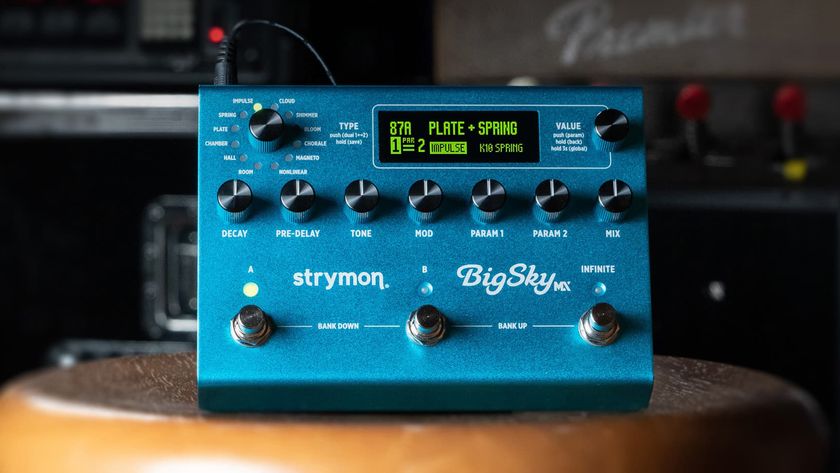
"BigSky MX will be replacing the BigSky as my go-to reverb pedal. I’ve heard nothing that covers all the bases with such pristine and detailed audio quality." We crowned the Strymon BigSky MX the champ of multi-reverb pedals
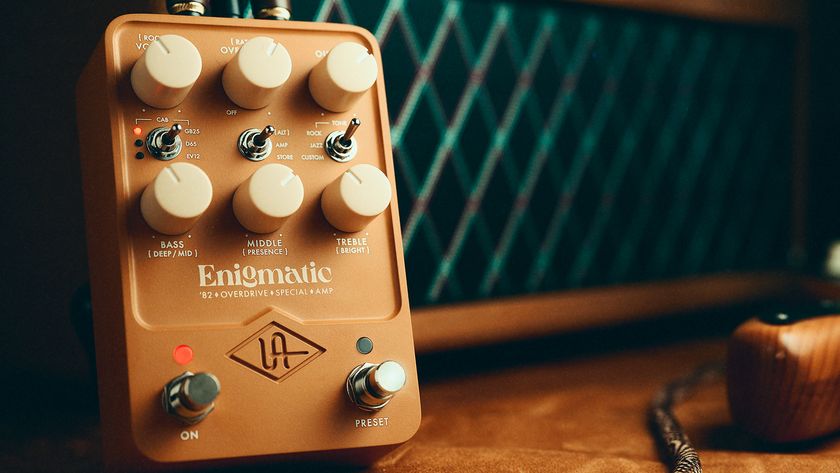
“The pedal is scary good. I haven’t met a guitar player yet who disagrees." Does the new Universal Audio Enigmatic ’82 Overdrive Special Amp pedal capture that Dumble magic? We compared notes with Dumble aficionado Ben Harper
